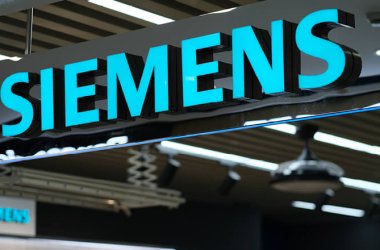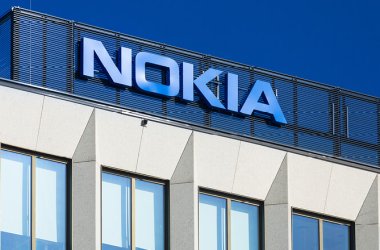 Intel is developing a Windows application, Personal Office Energy Monitor (POEM), that will allow workers to monitor in real time the energy consumed by their PC, printer, heating and lighting, the company said.
Intel is developing a Windows application, Personal Office Energy Monitor (POEM), that will allow workers to monitor in real time the energy consumed by their PC, printer, heating and lighting, the company said.
The application will compare this information with the average energy consumption for the department, floor or building, something Intel hopes will encourage workers to adopt energy-saving habits.
“It consists of two main components: a desktop application that displays energy usage and other environmental information, and a back-end system that stores the information in a database, and communicates with building management systems from other vendors,” said Yves Aillerie, a business development manager at Intel.
According to Intel, the database will hold information from PCs, from the building management system and from other sensors around the building, while the application will also allow the user to tell the central system whether the level of heating or cooling is satisfactory.
“POEM is still in an alpha version, but should reach the market next year,” Aillerie said. However, Intel won’t sell the application directly: it will rely on partners to package and resell the technology, he said.
Intel developed the application as part of its work with the Positive Energy Buildings Consortium. The group’s nine members contributed expertise from a number of domains: Bouygues (construction), Intel (computing), Lexmark (printing), Philips (lighting), Sodexo (building management), Steelcase (office furniture), Siemens and Schneider Electric (smart building systems), and Total (energy).
The group began in 2008 as a way to prepare for new construction regulations that require new office buildings in France to be energy positive — that is, consuming less energy than they produce from photovoltaic panels, wind generators or other sources.
“The consortium turned out the lights Friday after almost three years of existence, its goal of creating links between different disciplines complete,” said Aillerie. “Now, the engineers who met through the consortium will continue to work on specific projects in smaller groups,” he added.





